Adams, M. 2010. “Yucca Mountain—Nevada’s Perspective.” Idaho Law Review, (46) 1-26.
Advisory Panel on Alternative Means of Financing and Managing Radioactive Waste Facilities (AMFM). 1984. Managing Nuclear Waste—A Better Idea. Washington D.C.: Department of Energy.
Blue Ribbon Commission on America’s Nuclear Future (BRC). 2012. Report to the Secretary of Energy. Washington, D.C.: Department of Energy.
Carter, L. 1989. Nuclear Imperatives and Public Trust: Dealing with Radioactive Waste. Washington, D.C.: Resources for the Future Press.
Colglazier, E.W., and Langum, R.B. 1988. “Policy Conflicts in the Process for Siting Nuclear Waste Repositories.” Annual Review of Energy, (13) 347-350.
Consolidated Appropriations Act of 2008, Public Law 110-161, 121 Stat. 1844. https://www.congress.gov/110/plaws/publ161/PLAW-110publ161.pdf.
Department of Energy (DOE). 2002. Final Environmental Impact Statement for a Geologic Repository for the Disposal of Spent Nuclear Fuel and High-Level Radioactive Waste at Yucca Mountain, Nye County, Nevada DOE/EIS-0250. https://www.energy.gov/nepa/articles/eis-0250-final-environmental-impact-statement.
Department of Energy (DOE). 2024. “Nuclear Waste Fund Annual Financial Report Summary.” https://www.energy.gov/sites/default/files/2024-11/DOE-OIG-25-03.pdf.
Durant, Robert. 1985. When Government Regulates Itself: EPA, TVA, and Pollution Control in the 1970s. Knoxville, Tennessee: University of Tennessee Press.
Interagency Review Group for Nuclear Waste Management (IRG). 1978. Report to the President by the Interagency Review Group on Nuclear Waste Management, TID-28817 (Draft). Washington, D.C.: Department of Energy. https://www.osti.gov/biblio/6527802.
National Research Council. 1957. Disposal of Radioactive Waste on Land. (Washington, D.C.: National Academy of Sciences Press.
Nuclear Regulatory Commission (NRC). 2014. “Commission Voting Record”, SECY-14-0072. https://www.nrc.gov/reading-rm/doc-collections/commission/cvr/2014/2014-0072vtr.pdf.
Nuclear Waste Policy Act (NWPA). 1984. Public Law 97-425; 96 Stat. 2201, Section 303.
Nuclear Waste Policy Amendments Act (NWPAA). 1989. Public Law 100-203; 101 Stat.1330.
Nuclear Waste Technical Review Board (NWTRB). 2007. “Transcript of Panel Meeting on Infiltration.” https://www.nwtrb.gov/docs/default-source/meetings/2007/march/07mar14b99e9148abad67069638ff00003d5b4b.pdf?sfvrsn=733f605_10.
Nuclear Waste Technical Review Board, (NWTRB). 2022. Survey of National Programs for Managing High-Level Radioactive Waste and Spent Nuclear Fuel: 2022 Update. Washington, D.C., Nuclear Waste Technical Review Board.
Secretary of Energy Advisory Board (SEAB). 1993. Earning Public Trust and Confidence: Requisites for Managing Radioactive Wastes. Washington, D.C.: Department of Energy. https://curie.pnnl.gov/system/files/SEAB_Earning_Public_Trust_Confidence.pdf.
Steering Committee. 2008. Reset of America’s Nuclear Waste Management: Strategy and Policy. Palo Alto: Stanford University. https://fsi9-prod.s3.us-west-1.amazonaws.com/s3fs-public/reset_report_2018_final.pdf.
Tubb, Katie and Jack Spencer. 2016. “Real Consent for Nuclear Waste Management Starts with the Free Market.” https://www.heritage.org/environment/report/real-consent-nuclear-waste-management-starts-free-market.

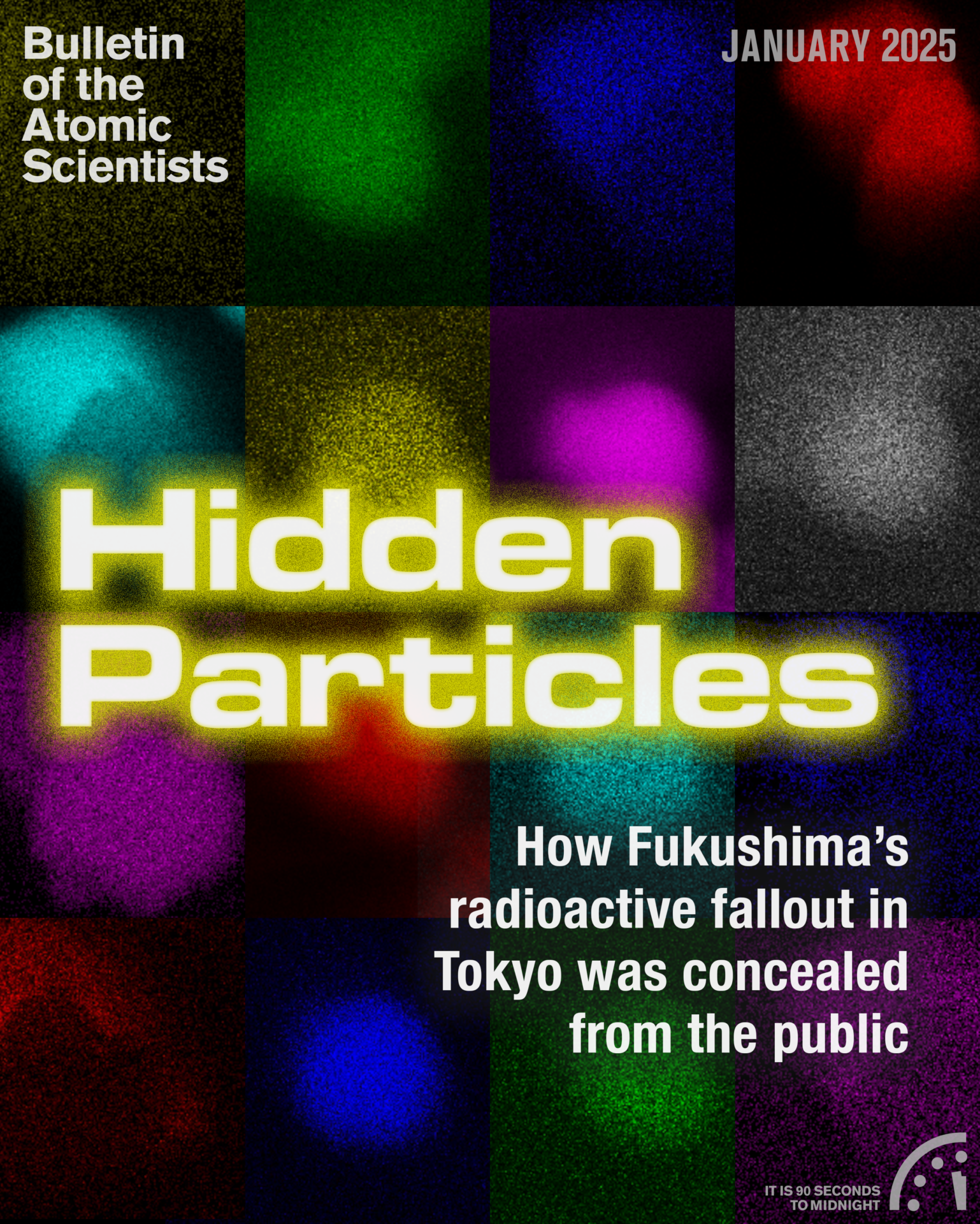
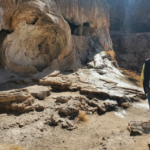
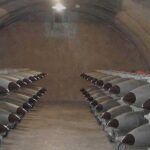
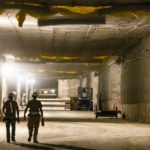

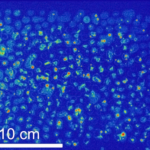
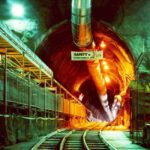

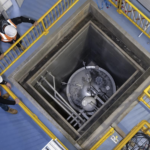
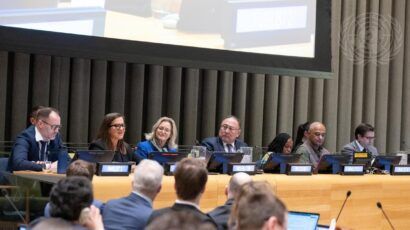

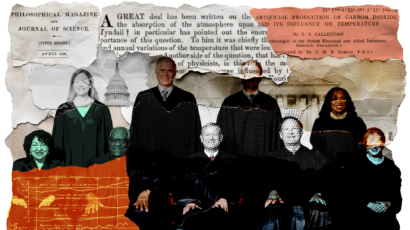
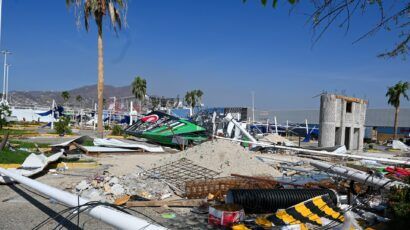
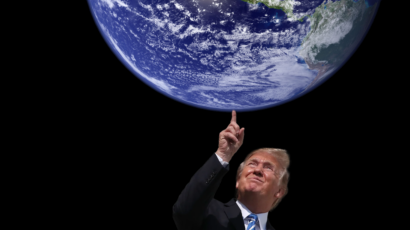

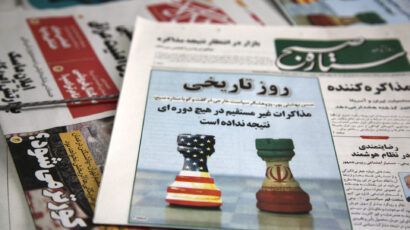
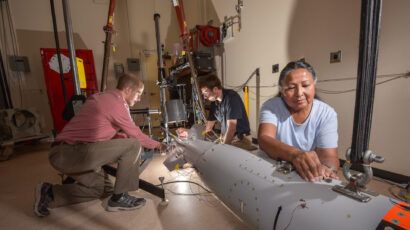
Thank you for this very thorough account.
I wonder why, with 13 countries noted in the chart, there’s no mention of Russia, China. India, Japan etc. I wonder how they manage their radioactive trash.